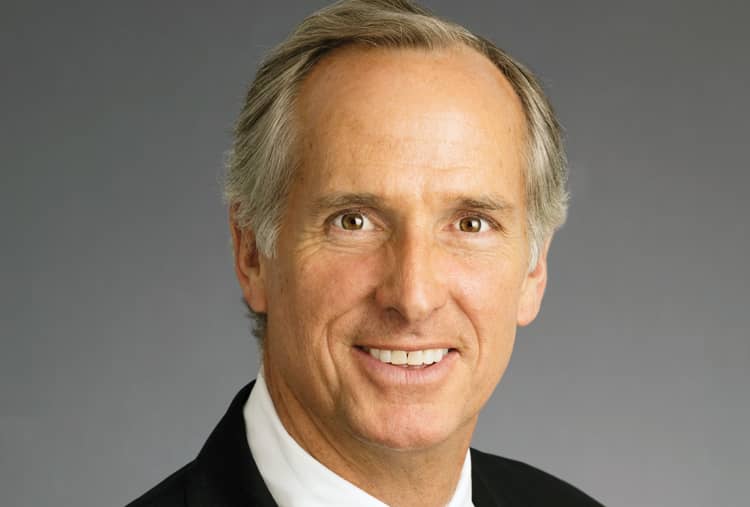
By Allan Murphy
Sentinel Columnist
There has been much discussion this week over Barry Sternlicht’s comments regarding Connecticut’s tax rates and the resultant impact on residency and Greenwich residential real estate values. Fortunately, the residential market statistics don’t seem to support the dire picture that the Starwood Capital CEO painted, and the market does have the final say. Greenwich continues to be a beautiful and desirable place to live and work, creating demand that continues to define Greenwich as one of the most expensive (which also means most desirable) places to live in the United States.
That said, there is also no doubt that the concept of Mr. Sternlicht’s comments is substantially correct—the state of Connecticut has, over time, increased income and estate taxes to the point where there is no longer a significant tax advantage to live in Connecticut over New York or New Jersey, and there are many more tax-favorable states in other parts of the country.
I’m told that recent local departures to Florida (at least for residency purposes) include names such as Tudor-Jones, Petterfy, Richman, Chilton, and Lampert to name just a few—and we can now add Sternlicht to that list. Some migration is natural as people change their age and stage in life, with technology making such mobility ever easier.
However, the warning signs and accompanying commentary have been present for years. We live in a country where states and cities compete with one another for businesses and residents and the associated spending and tax base. The erosion of that base seldom happens quickly, but once begun it is hard to stop. It seems very clear that this erosion is well underway in Connecticut, and that while Greenwich is partially insulated, it is far from immune.
Connecticut needs to act with urgency to improve its fiscal and tax-competitive status—first to slow or stop the out-migration resulting from tax policy, and over time to foster business and residential in-migration. When millennials are ready to leave the urban confines of New York City, we want to be the preferred alternative.
Okay, enough on state government and policy (I couldn’t help myself) and onward to Greenwich commercial real estate—although the two topics are inextricably linked.
I haven’t reviewed the current statistics regarding Greenwich Avenue retail space, but it feels to me as though a fair amount of space is currently available. The top of Greenwich Avenue has several small vacancies, and I noticed that the Giggle space is now vacant, plus the space next to Lynnens across from Ralph Lauren.
On the plus side, I hear that the Granola Bar is fantastic and that the exterior courtyard and walkway changes at Pickwick Plaza are fabulous and a great spot to enjoy your granola. I was pleased to see that Michaelangelo is re-locating (rather than leaving) to the People’s Bank building at the bottom of the Avenue, and I’m a little surprised that there is not yet a tenant for the new building at the bottom of Greenwich Avenue—probably a result of premium pricing, as that will be a spectacular location for someone.
Our retail brokerage team tells us that soft goods (apparel, accessories, footwear) retail demand is a bit slow, with stronger retail demand in the restaurant, personal services, and fitness sectors. Another challenge is that most retailers are currently slower to make decisions and less willing to make long lead-time location decisions. Despite this, I’m sure we will soon see some more new names and fresh looks on Greenwich Avenue!
Allan Murphy is a senior managing director at the commercial real estate services firm Newmark Grubb Knight Frank. He has specialized in the Greenwich and Stamford markets since 1996.




